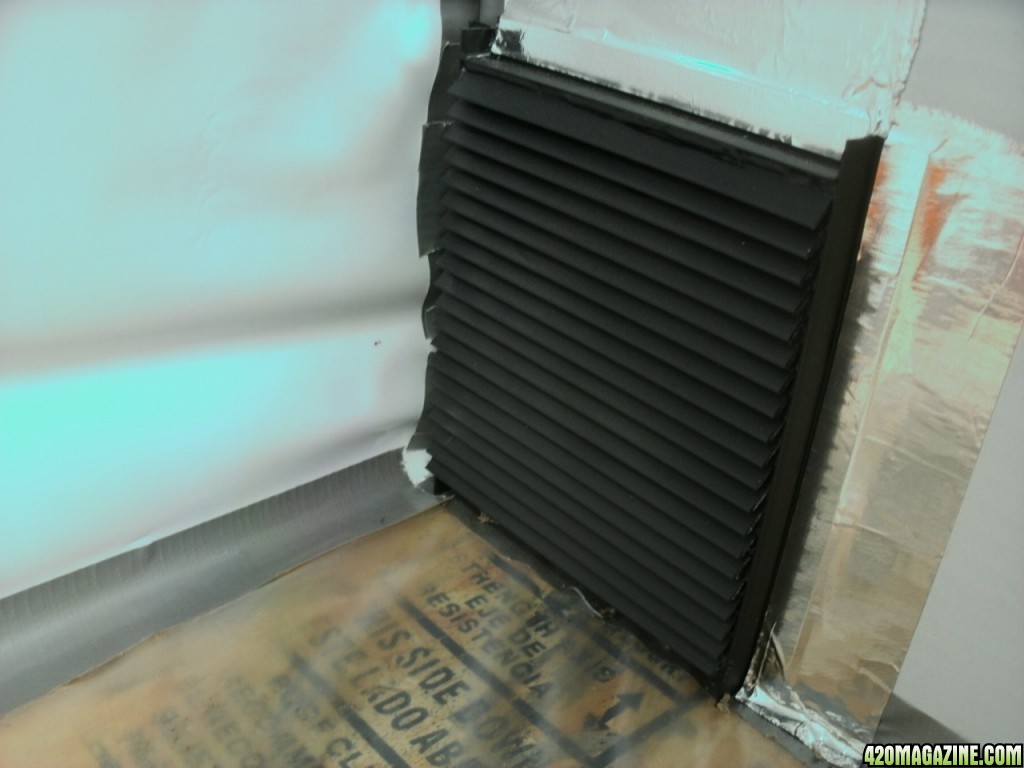jojo677
Well-Known Member
No, I'm not thinking of duct tape. I'm quite familiar with HVAC. The foil tape you are talking about is hit or miss in my opinion.
Fair enough, I didn't know of the thinner foil tapes. Thanks for the info, you learn something new every day!
As for the baffle, you just need to make sure your air passages are large enough to allow for the airflow going through it. If it gets too large, it may look a bit weird cantilevered off the top box! There are alternative but all use the same general concept of not allowing direct view of the other side.
The alternative would be to do something with smaller baffles, and paint the inside of it black, to absorb any stray light.




